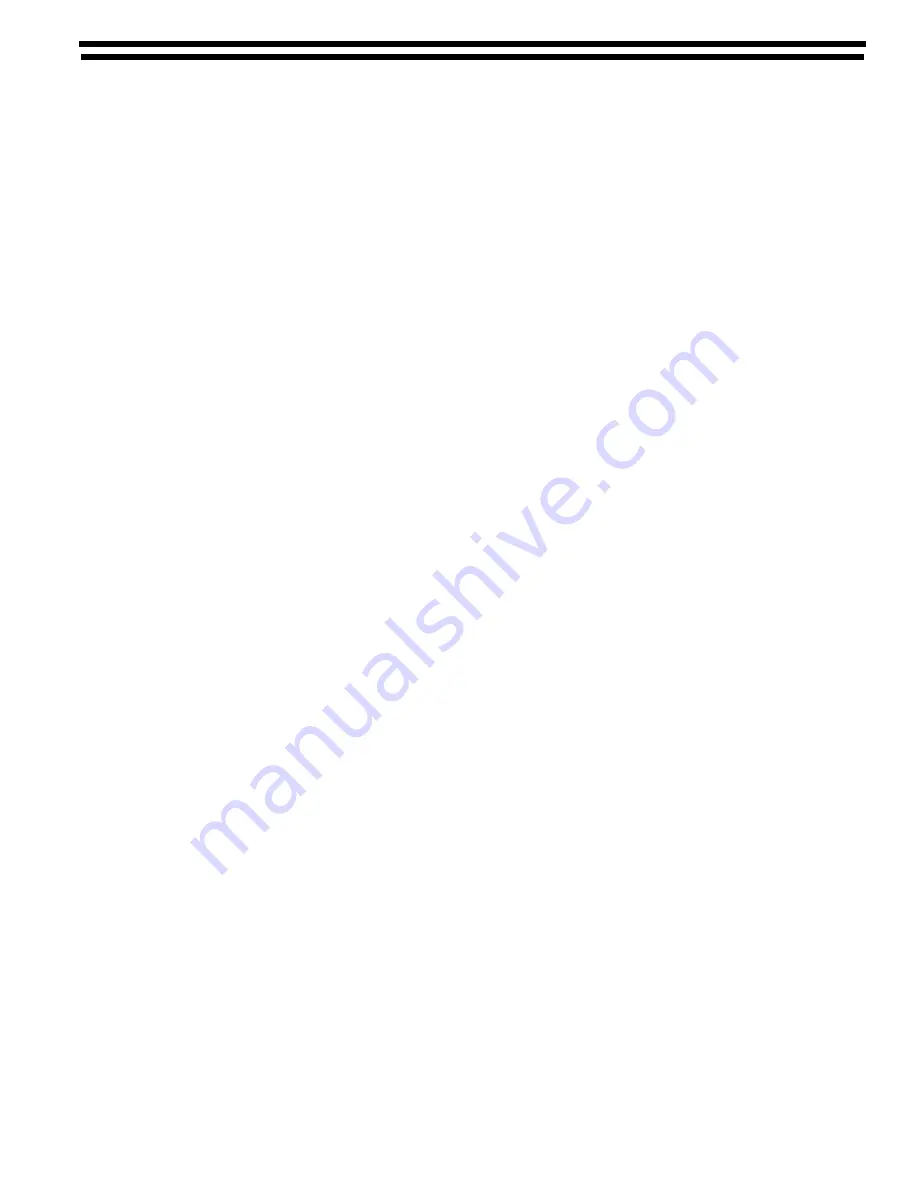
- 9 -
122.6006.9
5
SERVICE
It is recommended that the Gas Dispensing System be inspected and serviced a minimum of once per year.
More frequent service periods may be required due to: 1) the type, quality and quantity of the gas being handled,
2) the complexity of the gas supply system, 3) the quality and quantity of water or process liquid being used to
operate the ejector(s), and 4) operation procedures.
More frequent service periods are especially indicated when venting of the VR is occurring during the one year
operational period. This is usually indicative of foreign debris holding the inlet valve open or destruction of the inlet
valve parts caused by the gas quality not up to industry purity standards.
Preventative maintenance kits for each of the assemblies are available from the factory. Each kit contains all the
parts and detailed instructions that are required for complete maintenance. All o-rings and gaskets that have been
disturbed during the disassembly must be replaced during reassembly in order to insure safe, trouble free opera-
tion. Failure to replace these parts could result in a shortened operation period and bodily injury.
5.1
Nozzle Cleaning
Refer to Figures 1, 2 or 3 and remove the nozzle as follows:
5.1.1
Ejector Disassembly
NOTE:
After it has been confirmed that all residual gas has been evacuated and water pressure
has been relieved, proceed as follows:
5.1.2
Remove the connecting hose to the ejector assembly.
5.1.3
For 100 PPD (2 kg/h) ejectors, rotate the complete ejector body counterclockwise. This loosens
the threaded portion of the nozzle from the diffuser, eliminating the need for pliers on the hose
connection which may damage the plastic.
For 250 & 500 PPD (5 & 10 kg/h) ejectors, remove the two (2) screws and loosen the flange to
remove the nozzle.
NOTE:
Nozzle plugging can be caused by foreign material (pipe scale, stone, dirt accumulation).
This can usually be blown out or pushed out with a wire.
Build-up of deposits caused by iron, manganese or other material can usually be remove by
immersing the nozzle in muriatic acid and rinsing. Some waters may cause an inoperable ejector
and require nozzle cleaning every two months.
5.1.4
To reinstall the nozzle, insert the nozzle through the ejector body and fasten to the dif-
fuser using new gaskets, or o-rings on each side of the ejector body.
NOTE:
These parts are plastic and excessive tightening may cause breakage. For 100 PPD
(2 kg/h) ejectors, tighten only hand tight with the ejector body 90° to the left of its final position,
then turn the complete assembly 90°.
5.1.5
Reinstall the ejector supply hose or pipe and vacuum tubing.
5.2
O-Ring Replacement
Ejectors contain an o-ring that should be checked and the o-ring/diaphragm bolt assembly replaced as
necessary.
5.3
Diaphragm Replacement - Refer to Figures 2, 3 or 4
5.3.1
Remove the four bolts holding the ejector together to expose the internal parts.
5.3.2
The diaphragm bolt assembly is tightened at the factory, but can usually be separated by using
large, jaw pliers or a vice. All assemblies contain a support diaphragm. In high pressure applica-
tions, the assembly includes two thin plastic support diaphragms.
5.3.3
Replace the diaphragm and reassemble the diaphragm nut and bolt. These must be assembled
tightly using jaw pliers or a special tool to tighten. Install the diaphragm assembly in the recess
of the top hole, and bolt the two sections together. (Note diaphragm orientation on Figure 2, 3 or 4).
5.3.4
No adjustments are necessary, but ensure both ends of the spring are square.
































